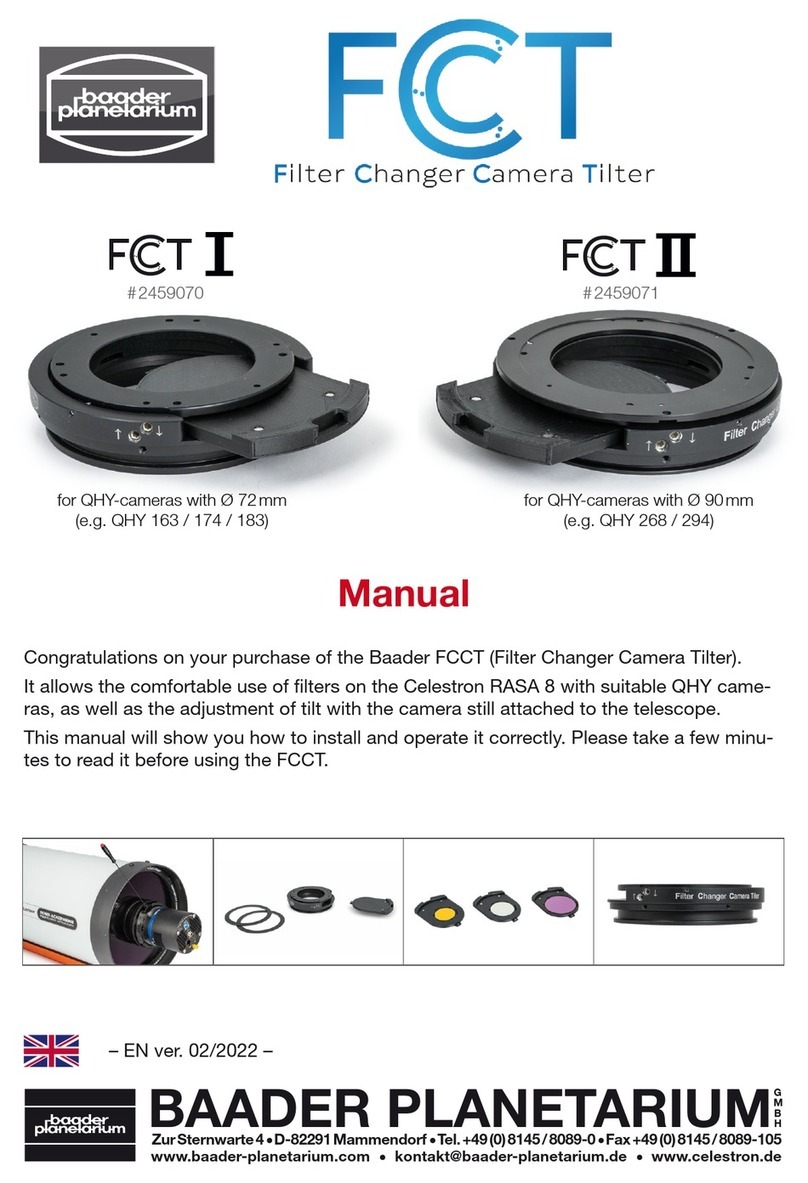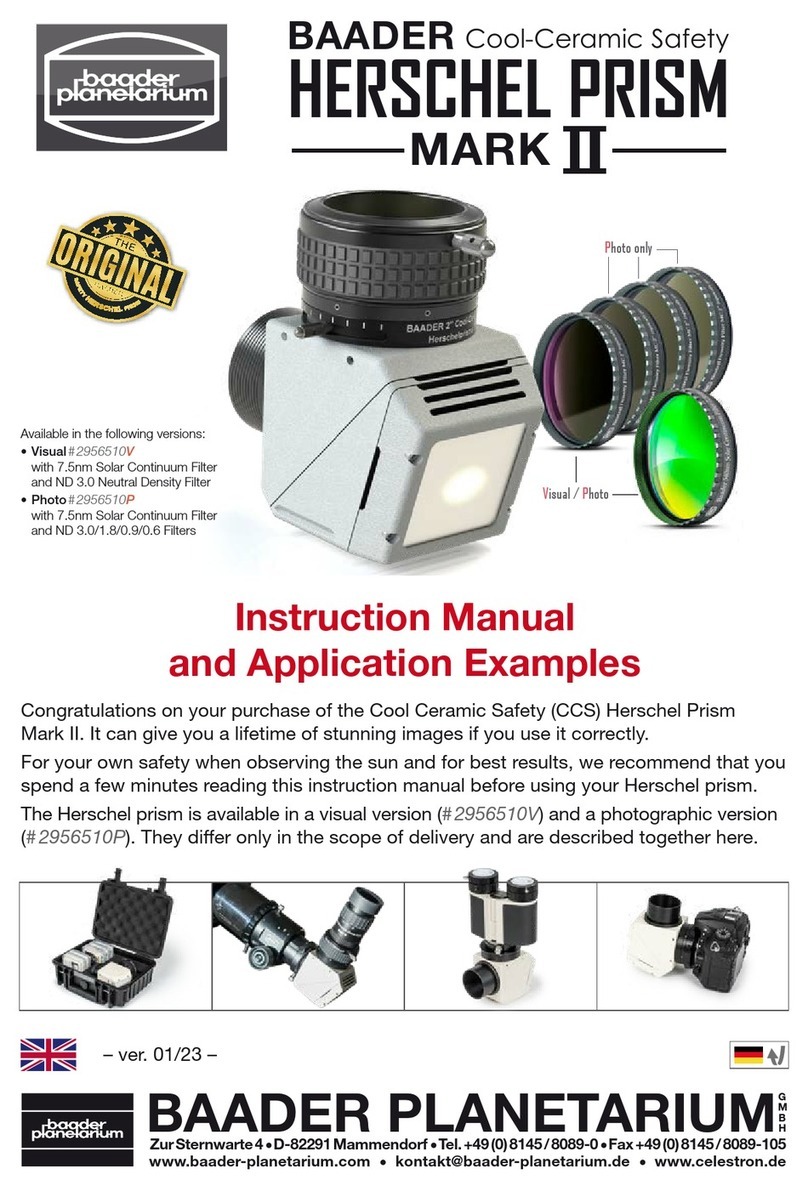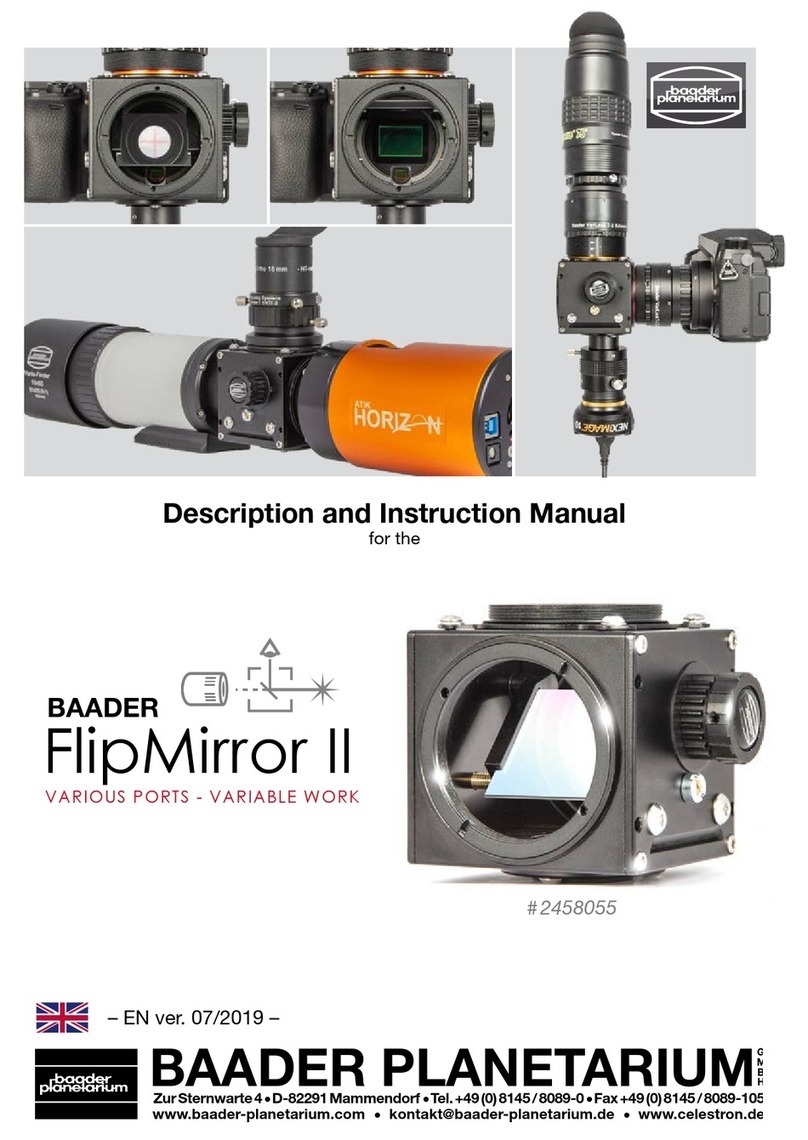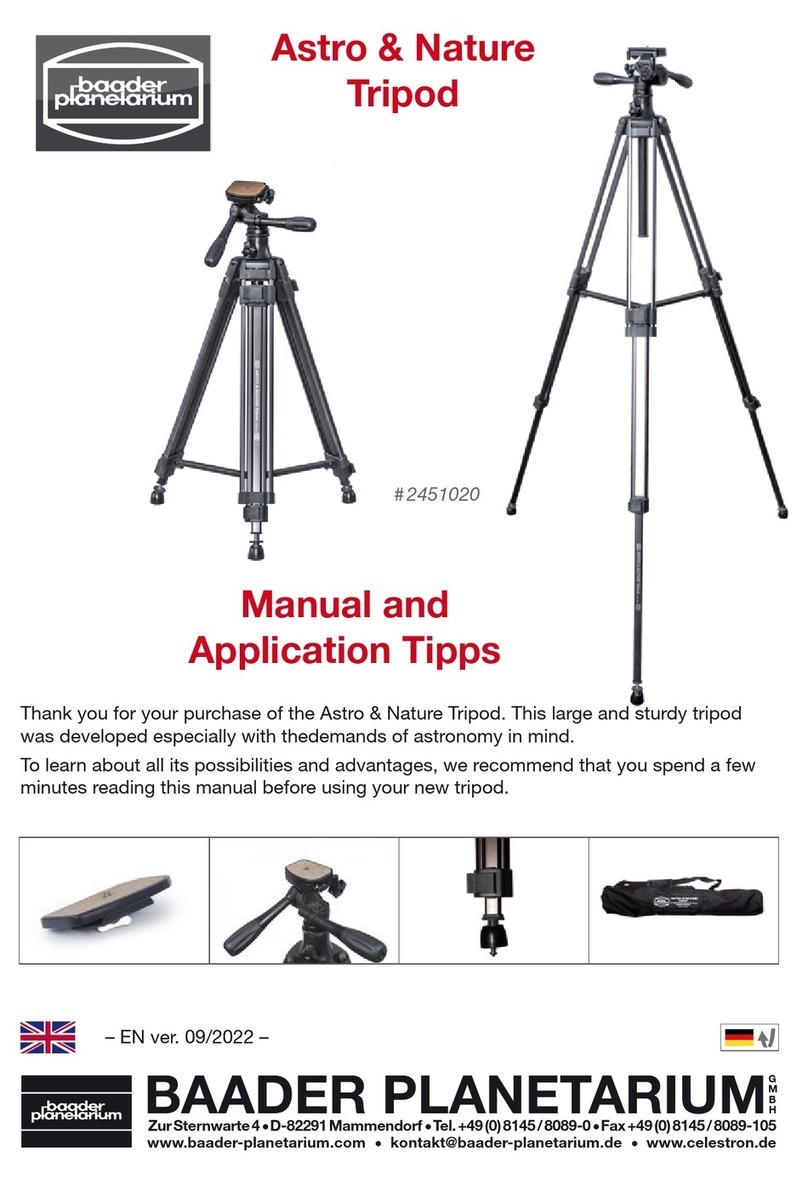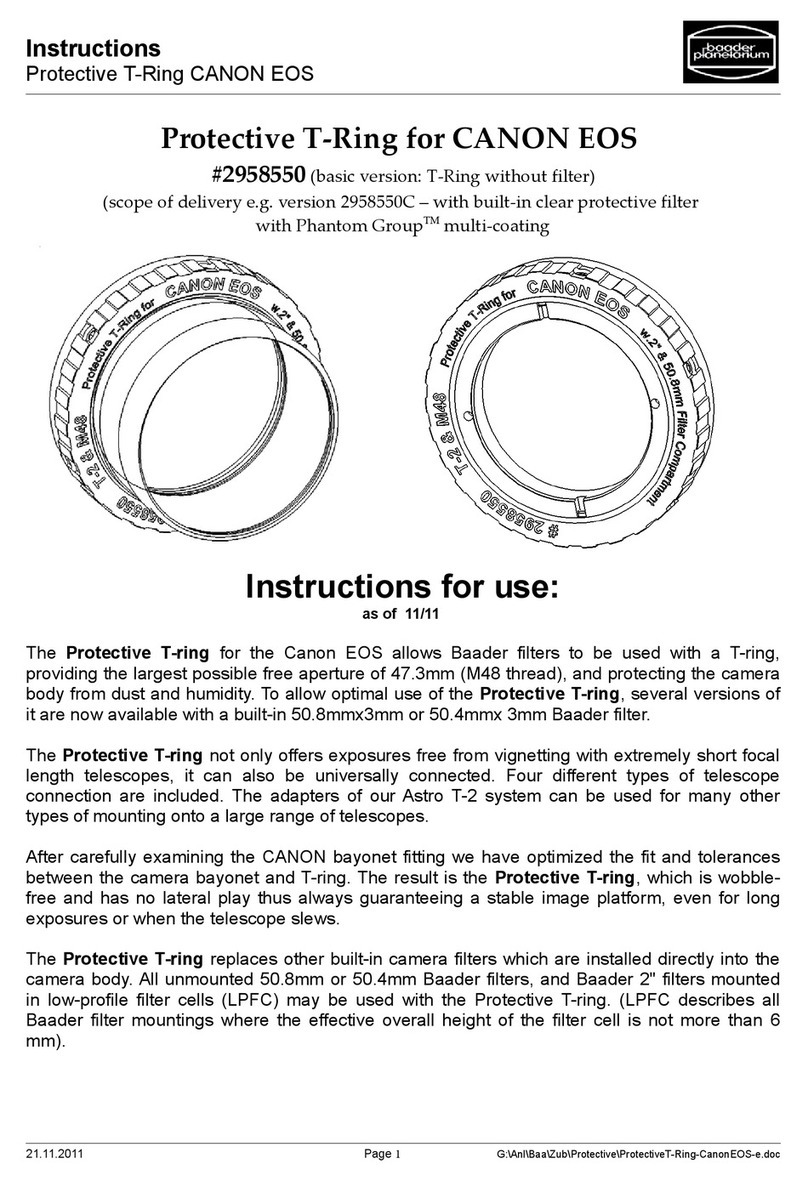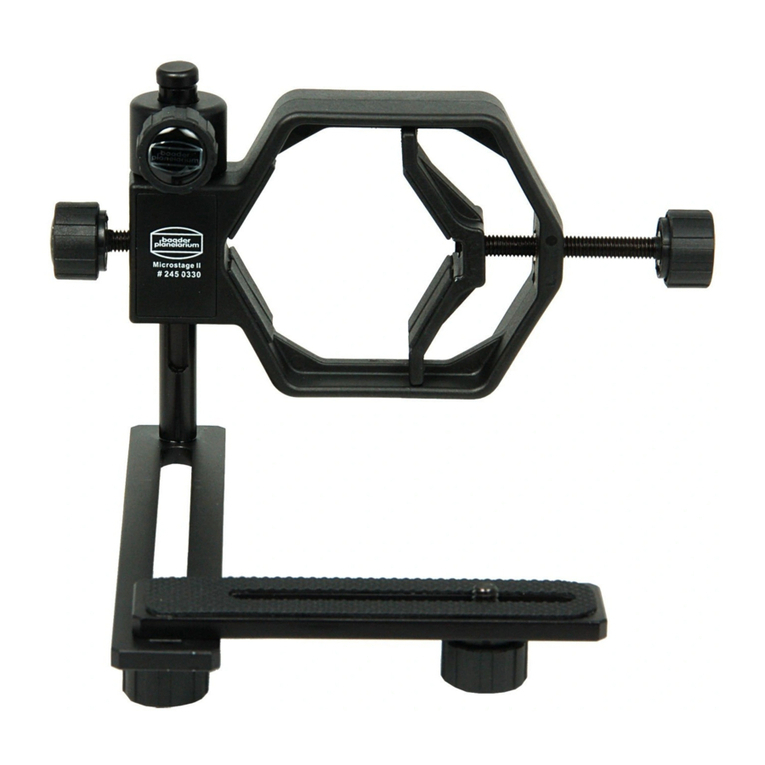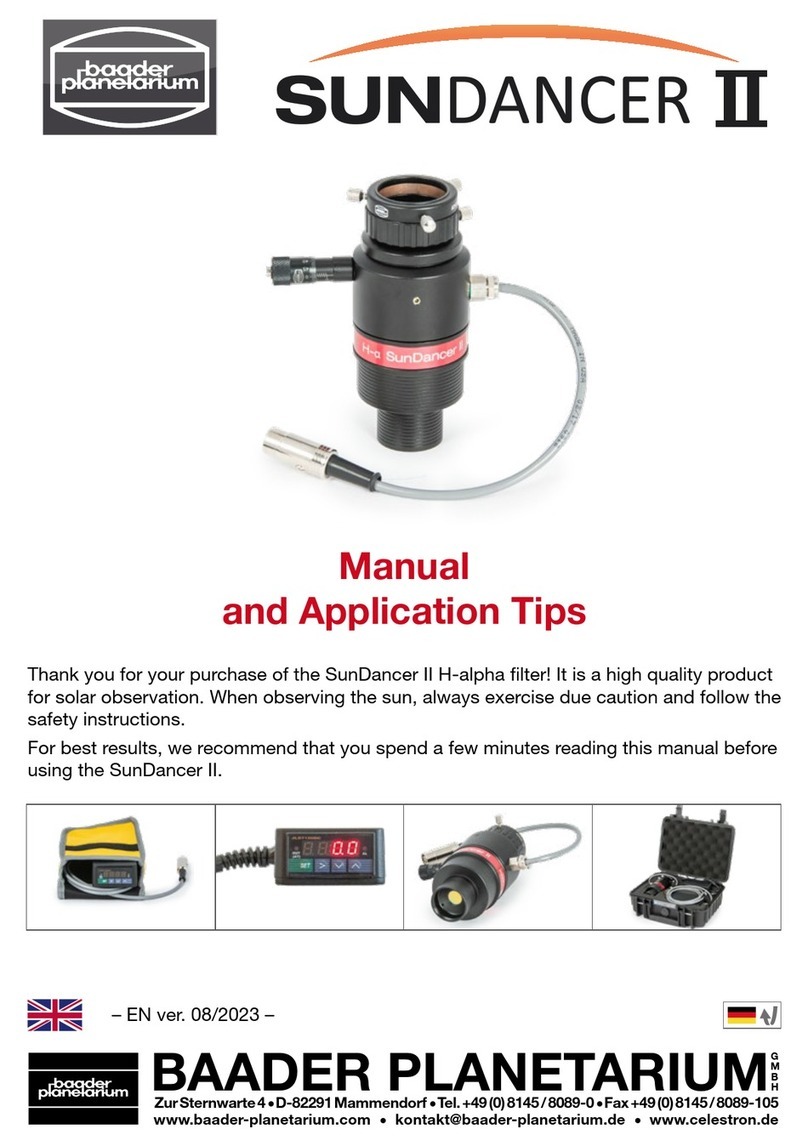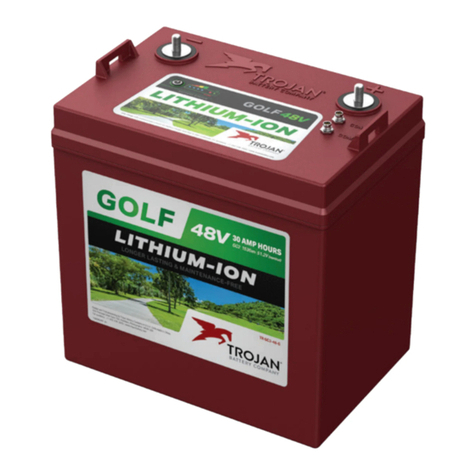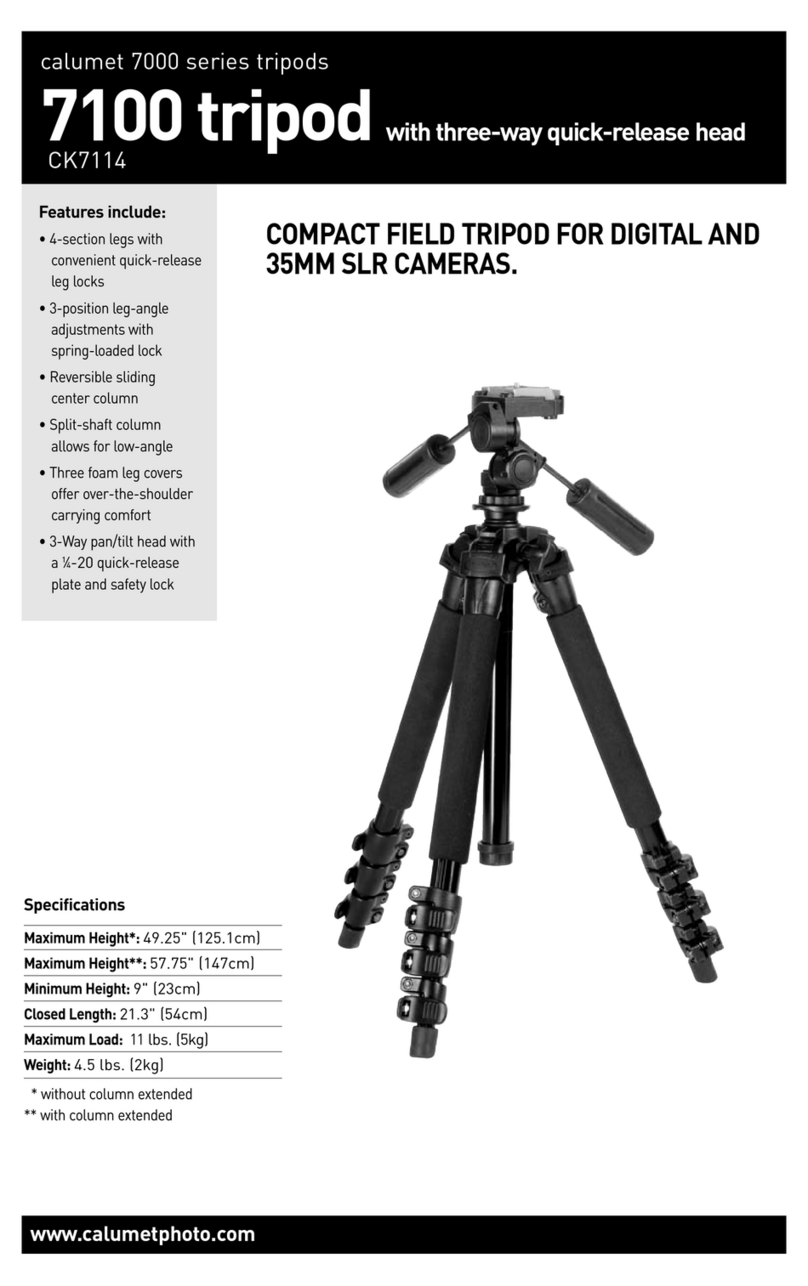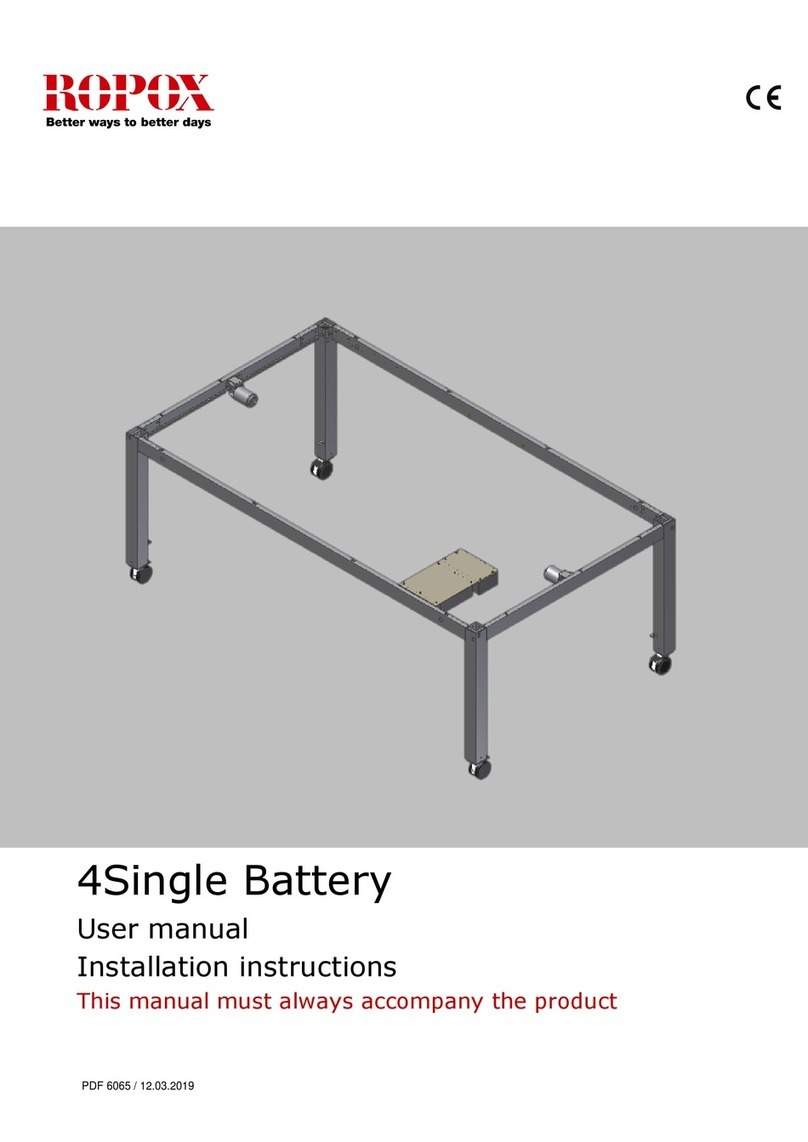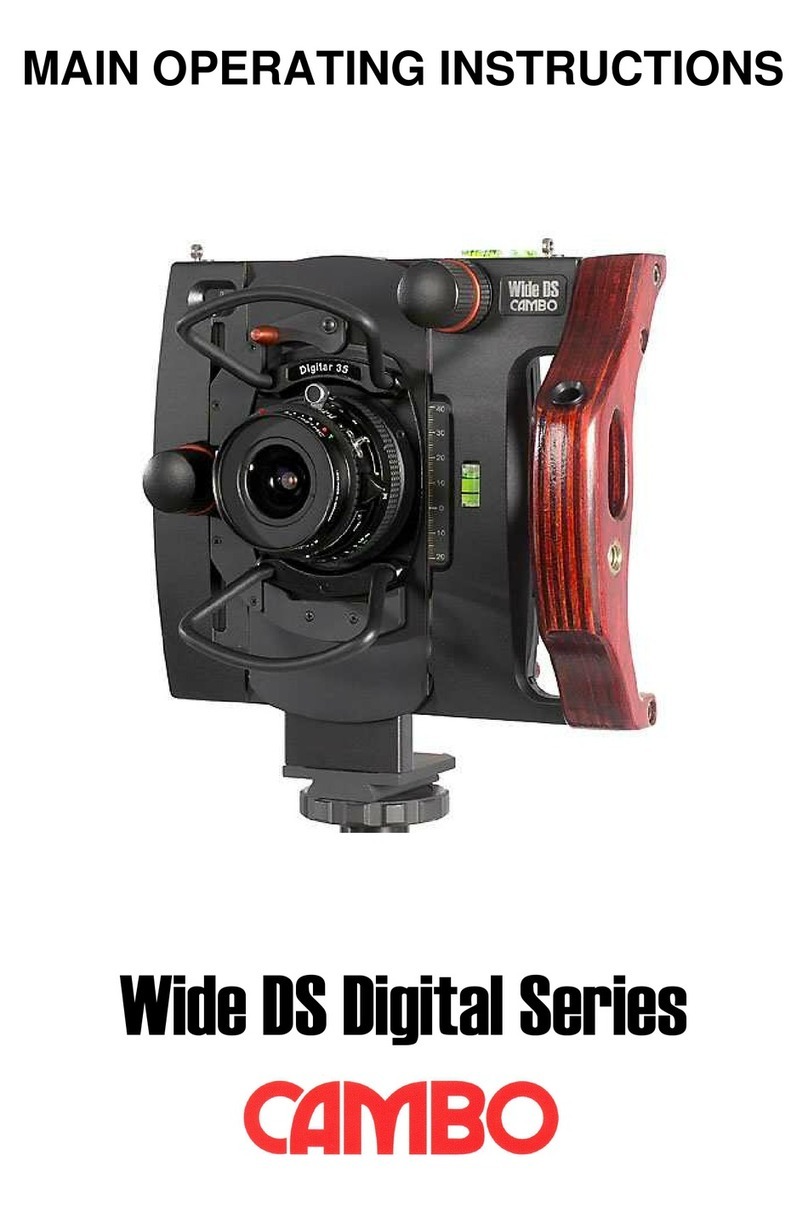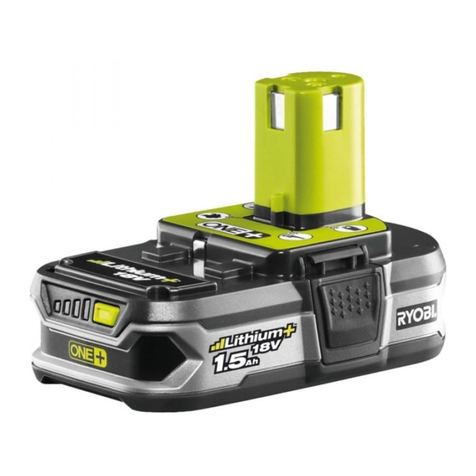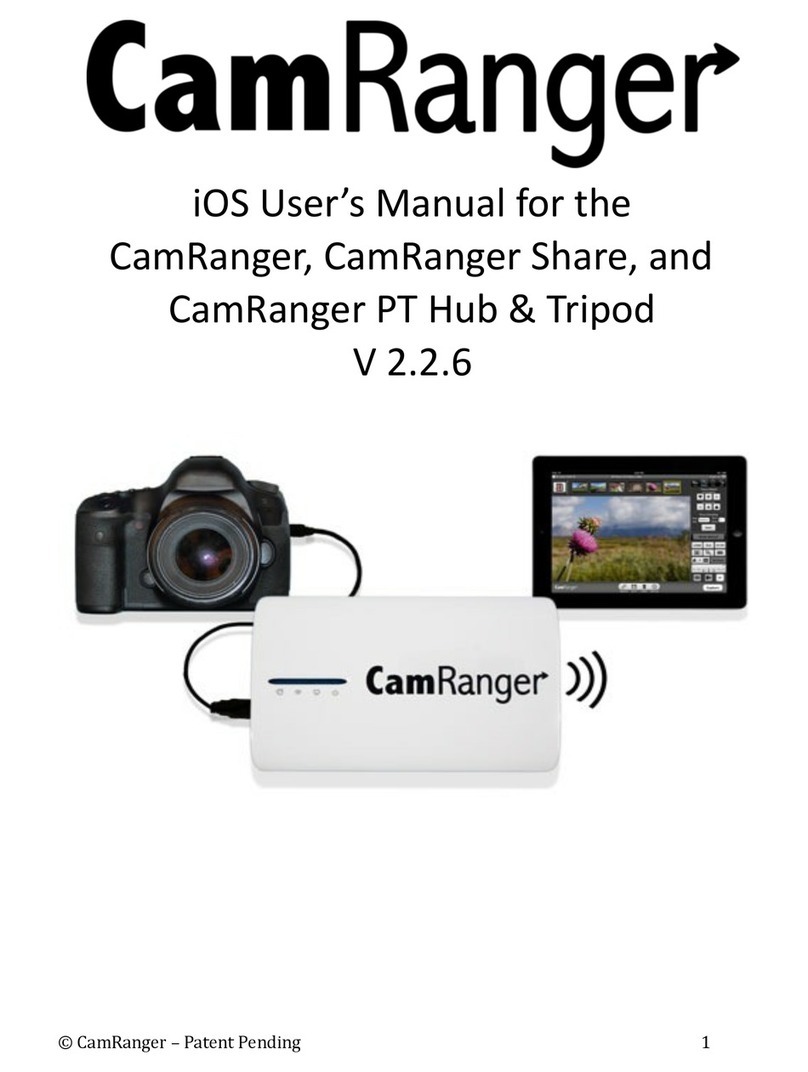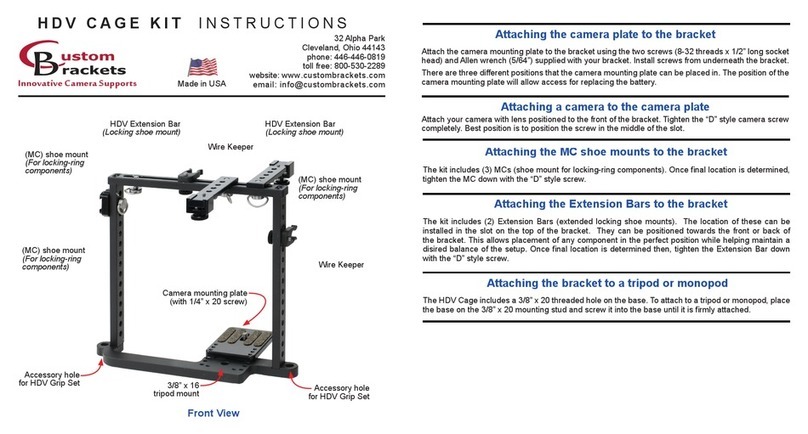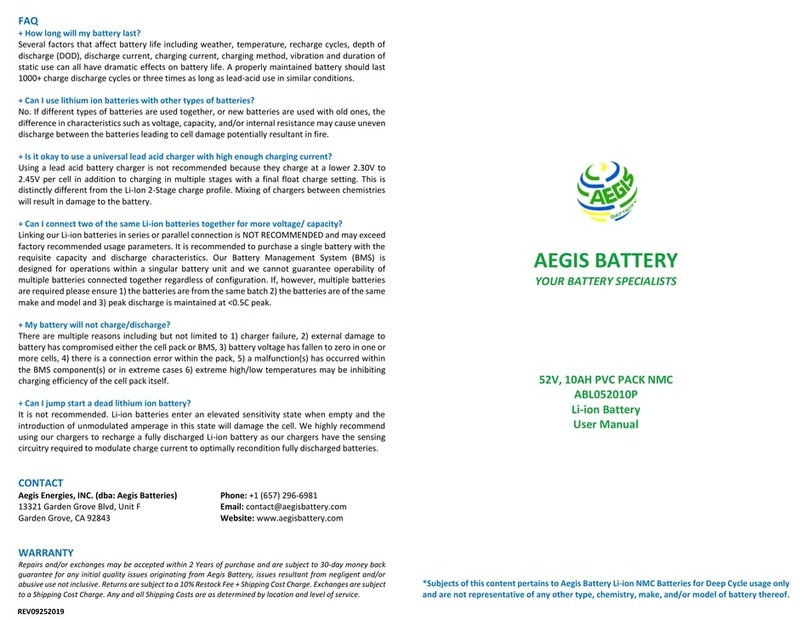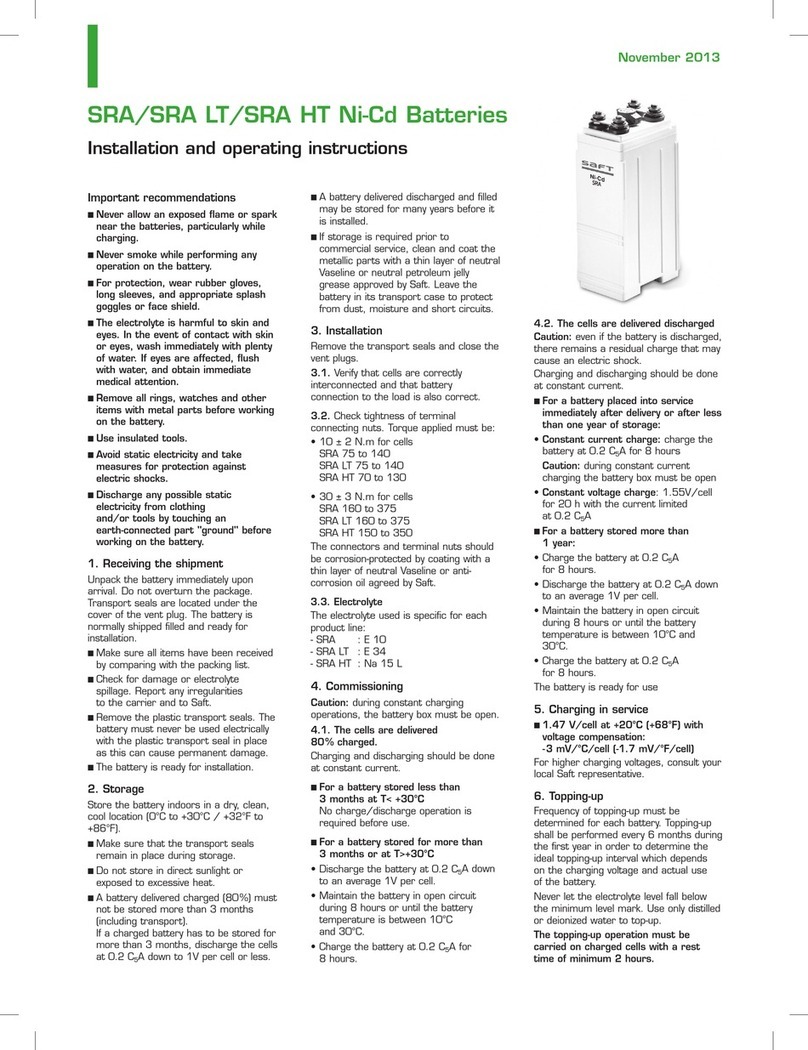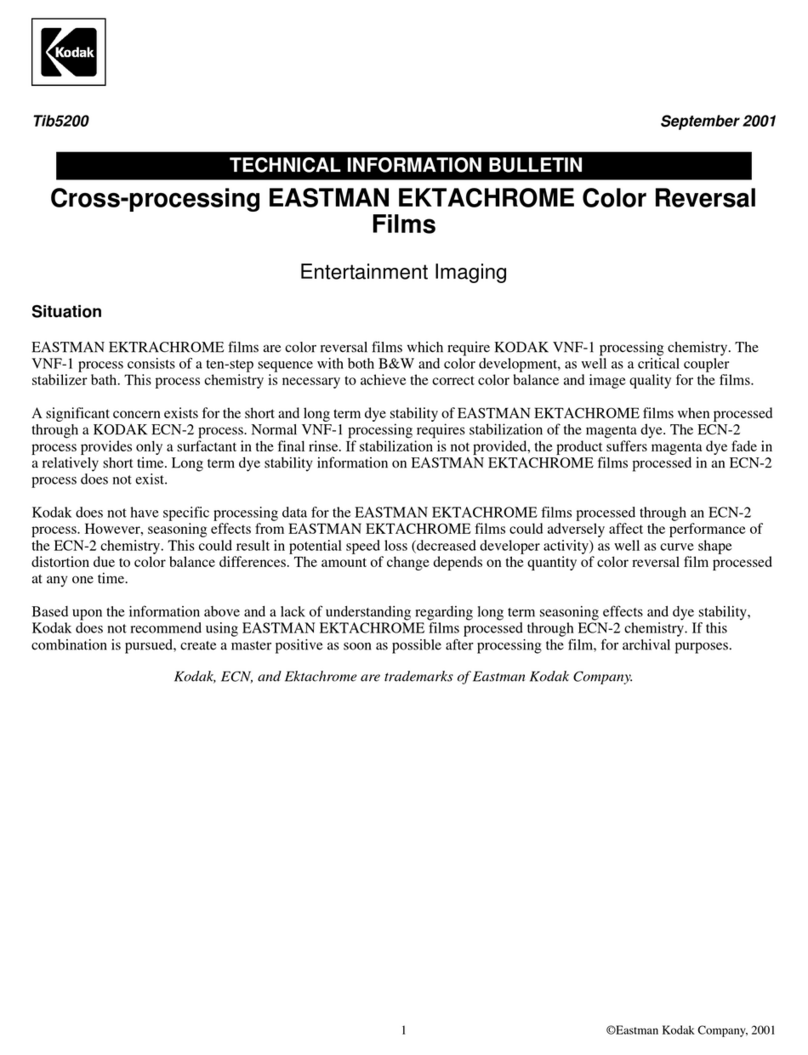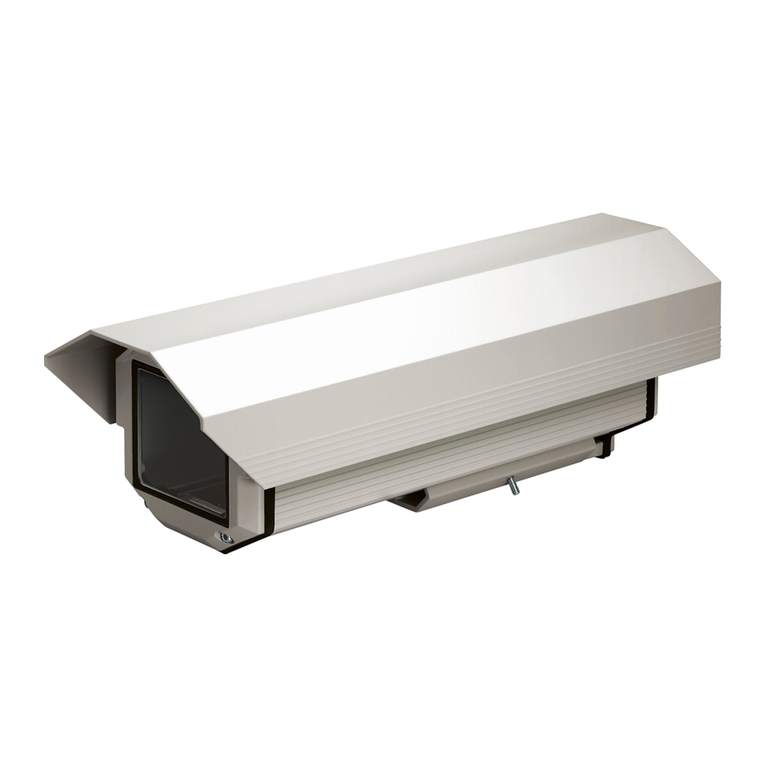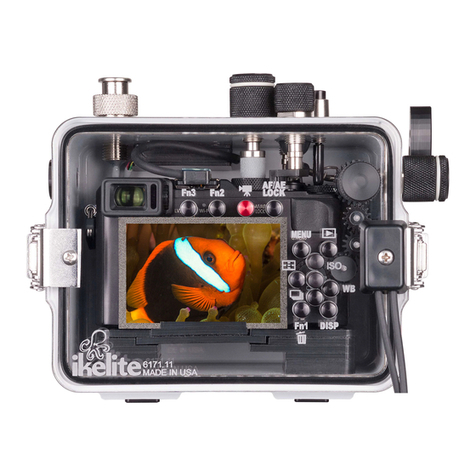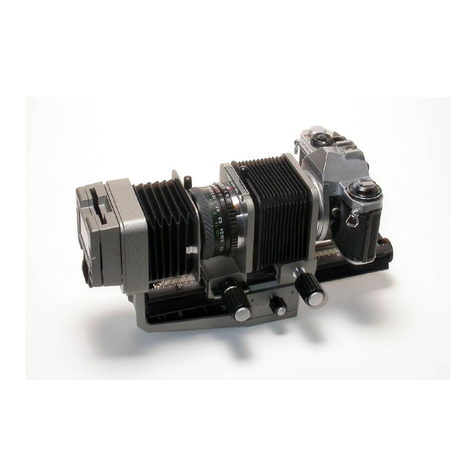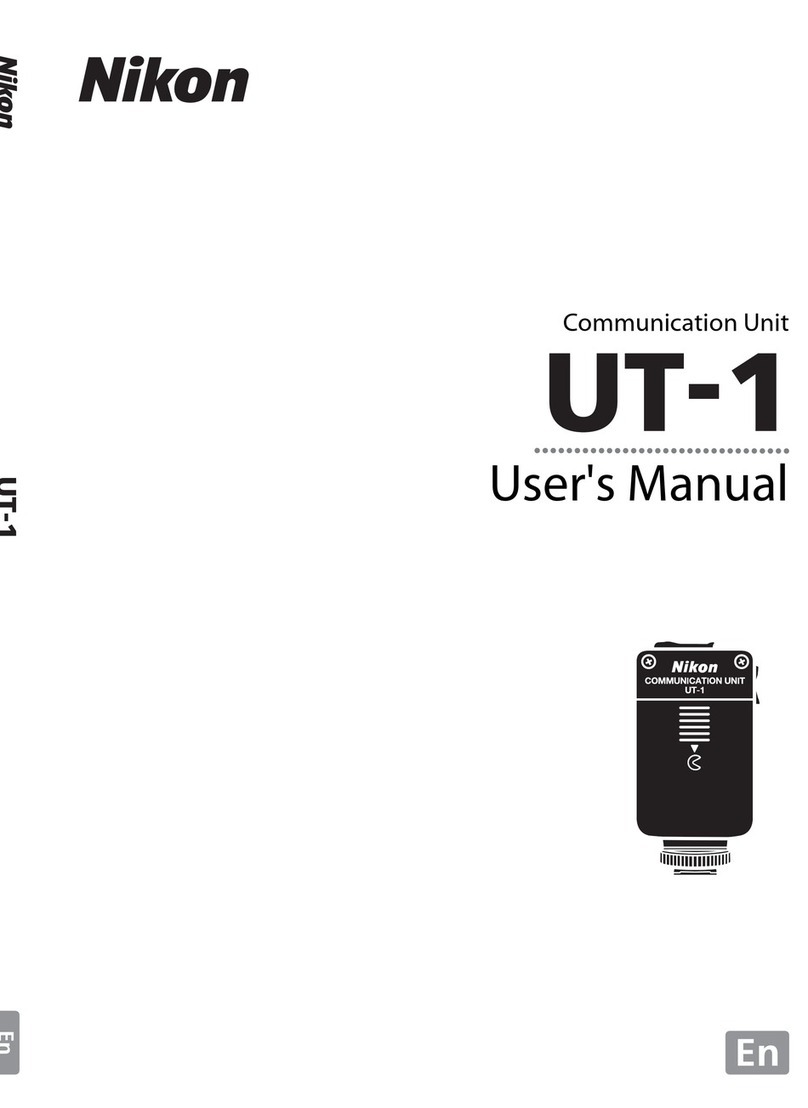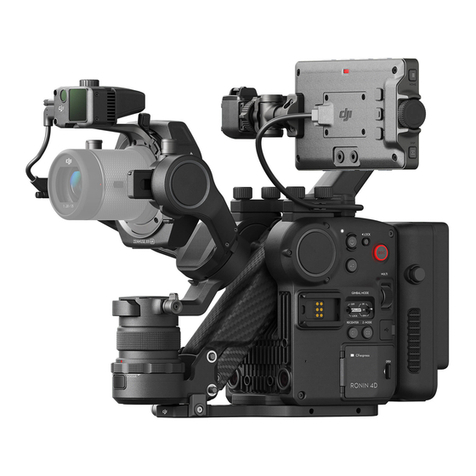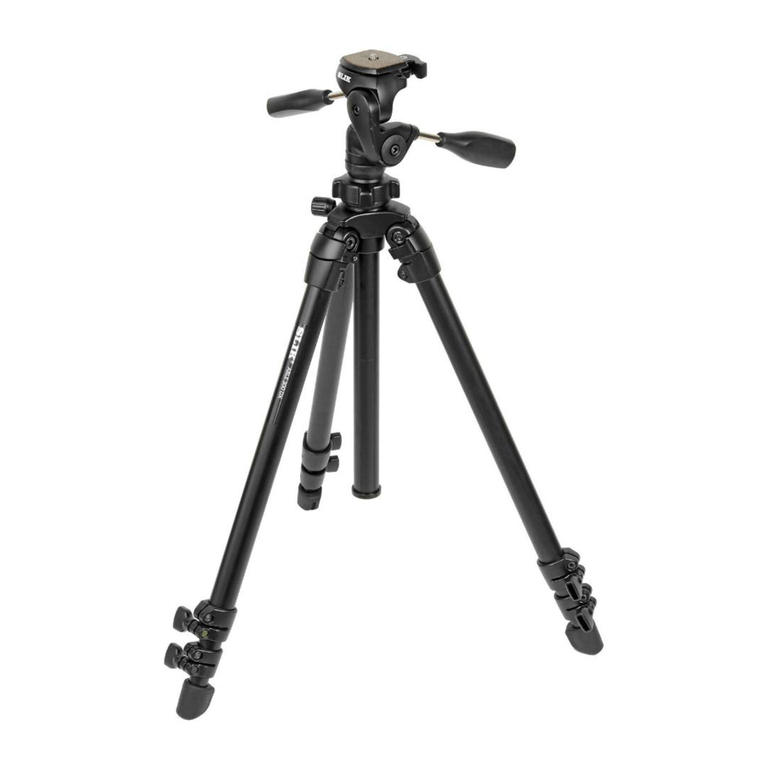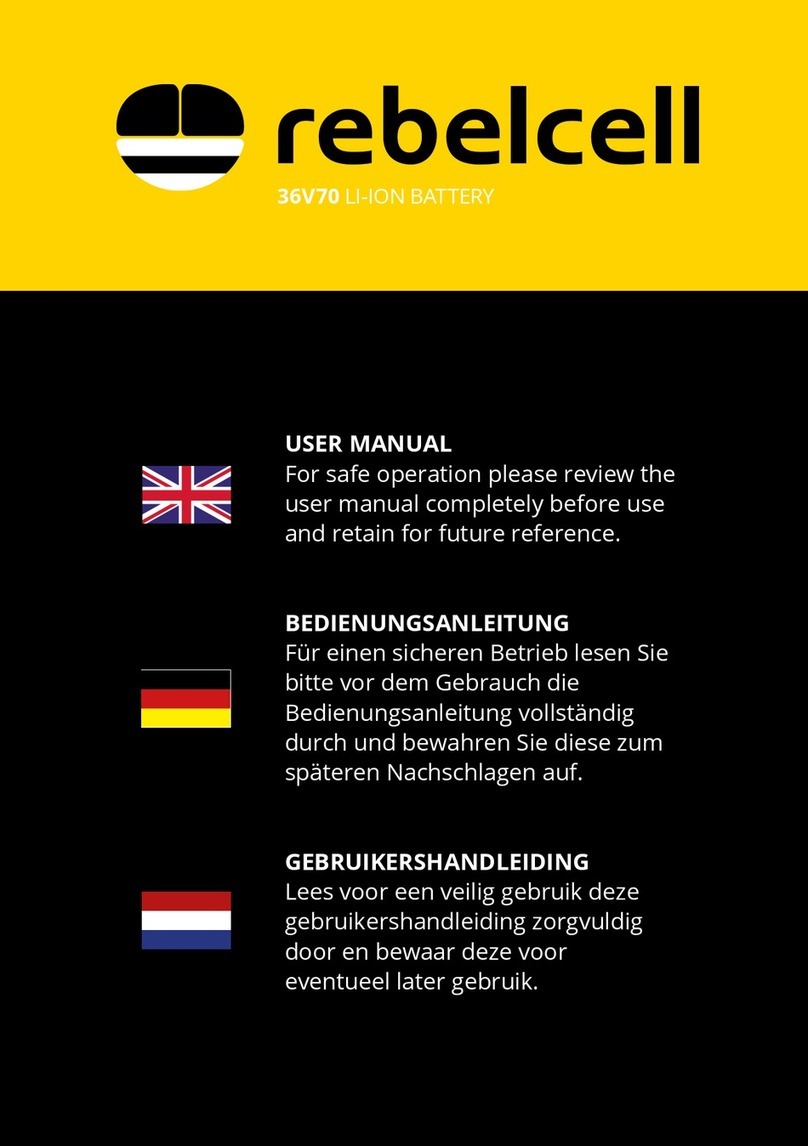
© 2023 Baader Planetarium GmbH 9
The Telecentric System and Suitable Telescopes
The SolarSpectrum H-alpha lters require a telecentric system (telecentric for short)
to provide an optimal image. Similar to a barlow lens, a telecentric increases the focal
length and the effective focal ratio of the telescope by the respective factor, but unlike
a barlow, it also ensures a parallel beam of light. For a telescope that would have f/30
by default or would be brought to this focal ratio with a barlow, there is no way that a
parallel beam of light would result without a telecentric! A slightly conical beam of light
with f/30 would deliver a weaker contrast with an etalon with 0.5 Å transmission width
(FWHM) – as if the lter had a FWHM of 0.7 Å or even less. Only a telecentric system
provides this perfectly parallel beam of light, which is essential for the unrestricted
function of an etalon.
The SolarSpectrum lters require an effective focal ratio of at least f/30. For lters
with 0.5-0.7Å, you will achieve the best results with a focal ratio between f/30 and f/35;
for even narrower lters with a half-width below 0.5Å, you should use a focal ratio bet-
ween f/35 and f/45. The focal ratio of your telescope thus determines which telecentric
system you need. With many telescopes, such focal ratios can only be achieved even
with telecentrics if the telescope lens is additionally stopped down.
If you cannot achieve the necessary focal ratio with the available telecentrics, it is
better to stop down the telescope in front of the
objective to f/30 or slower instead of using the lter
with articially enlarged half-width. For this purpo-
se we offer the steplessly variable iris diaphragm
13-113 mm (# 2459300). It has elaborately white-
painted blades so that no unnecessary heat is
generated close to the lens. A xed, white-painted
iris diaphragm can easily be made yourself and
attached with Velcro in front of the D-ERF, for ex-
ample, as in the picture on the right.
Optical systems with a slower focal ratio can also
be used, but due to the longer focal length they
quickly reach minimum magnications that can
rarely be used during the day (due to air turbulence
or exit pupil).
Baader Telezentrische Linsensysteme (TZS) f¸r die
Sonnenbeobachtung mit schmalbandigen H- Filtern
Zur erfolgreichen Sonnenbeobachtung mit schmalbandigen Linienfiltern (Halbwertbreiten unter 1
Angstrˆm) der Marken "Solar Spectrum" und "Day Star" ist ein Teleskop mit einem ÷ffnungsverh‰ltnis
von mindestens f/30 die Voraussetzung. Dieses ÷ffnungsverh‰ltnis l‰sst sich entweder durch Abblen-
den der Objektivˆffnung ñoder vorzugsweise durch Brennweitenverl‰ngerung mit einem "Telezentri-
schen System" (TZS) ñerzielen. Telezentrische Systeme sind nicht mit Barlowlinsen gleichzu-
setzen (siehe Grafiken)! Nur mit einem TZS entsteht ein paralleles Strahlenb¸ndel, nur damit ist eine
gleichm‰flige Darstellung der chromosph‰rischen Strukturen ¸ber das gesamte Bildfeld des Tele-
skops gew‰hrleistet.
Generell sind nur Refraktoren und katadioptrische Teleskopsysteme mit Hauptspiegelfokussierung
(z.B. Schmidt-Cassegrain Teleskope) zur H-alpha Sonnenbeobachtung geeignet, bei den meisten an-
deren Teleskopsystemen (Newton) steht bauartbedingt der erforderliche Fokussierweg zum Anschluss
des Zubehˆrs zur H- Beobachtung nicht zur Verf¸gung.
Einsatz der Telezentrischen Linsensysteme
Es gibt drei verschiedene Telezentrische Linsensysteme. Je nach gegebenem ÷ffnungsverh‰ltnis des
Fernrohrs kann entweder ein 2-faches, 3-faches oder ein 4-faches TZS in Kombination mit Abblen-
dung der Optik eingesetzt werden, um f/30 zu erhalten. Die Beobachtungsmˆglichkeiten und die Fle-
xibilit‰t eines Sonnenteleskops werden jedoch durch den abwechselnden Einsatz der TZS enorm er-
weitert.
Zum Beispiel empfiehlt es sich f¸r Detailbeobachtungen z.B. von Strukturen rund um Sonnenflecken
mit mˆglichst grofler ÷ffnung (= hohe Auflˆsung) zu arbeiten w‰hrend f¸r die Fotografie und Beobach-
tung von Protuberanzen, die durchaus Hˆhen von mehreren 100.000 km erreichen kˆnnen, ein gro-
fles Gesichtsfeld von Vorteil ist.
Das TZ-3 unterscheidet sich von beiden anderen TZ-Systemen dadurch, dass das Linsensystem f¸r
ein H-Etalon mit 46 mm Maximalgrˆfle ausgelegt wurde, um auch die groflen Research-Grade-Filter
von SolarSpectrum vollkommen auszuleuchten. Aus diesem Grund ist das Geh‰use auch beidseitig
mit 2" (50.8 mm) Gewinden ausgestattet, und es sind alle Adapter im Lieferumfang enthalten um das
TZ-3 beidseitig an 2" oder an T-2 (M42x0.75 mm) Gewinden anschlieflen zu kˆnnen. Alle Solar
Spectrum Filter werden ebenfalls beidseitig mit 2" und mit T-2 Gewinden ausgeliefert.
Strahlengang eines 6"/f6 Refraktors der mit einer 5-fach
Barlowlinse auf f/30 verl‰ngert wurde
Strahlengang eines 6"f/30 Refraktors. Diesen Zustand
stellt das Telezentrische System her!
Telezentrische Systeme TZ-2, TZ-3 und TZ-4
Baader Telezentrische Linsensysteme (TZS) f¸r die
Sonnenbeobachtung mit schmalbandigen H- Filtern
Zur erfolgreichen Sonnenbeobachtung mit schmalbandigen Linienfiltern (Halbwertbreiten unter 1
Angstrˆm) der Marken "Solar Spectrum" und "Day Star" ist ein Teleskop mit einem ÷ffnungsverh‰ltnis
von mindestens f/30 die Voraussetzung. Dieses ÷ffnungsverh‰ltnis l‰sst sich entweder durch Abblen-
den der Objektivˆffnung ñoder vorzugsweise durch Brennweitenverl‰ngerung mit einem "Telezentri-
schen System" (TZS) ñerzielen. Telezentrische Systeme sind nicht mit Barlowlinsen gleichzu-
setzen (siehe Grafiken)! Nur mit einem TZS entsteht ein paralleles Strahlenb¸ndel, nur damit ist eine
gleichm‰flige Darstellung der chromosph‰rischen Strukturen ¸ber das gesamte Bildfeld des Tele-
skops gew‰hrleistet.
Generell sind nur Refraktoren und katadioptrische Teleskopsysteme mit Hauptspiegelfokussierung
(z.B. Schmidt-Cassegrain Teleskope) zur H-alpha Sonnenbeobachtung geeignet, bei den meisten an-
deren Teleskopsystemen (Newton) steht bauartbedingt der erforderliche Fokussierweg zum Anschluss
des Zubehˆrs zur H- Beobachtung nicht zur Verf¸gung.
Einsatz der Telezentrischen Linsensysteme
Es gibt drei verschiedene Telezentrische Linsensysteme. Je nach gegebenem ÷ffnungsverh‰ltnis des
Fernrohrs kann entweder ein 2-faches, 3-faches oder ein 4-faches TZS in Kombination mit Abblen-
dung der Optik eingesetzt werden, um f/30 zu erhalten. Die Beobachtungsmˆglichkeiten und die Fle-
xibilit‰t eines Sonnenteleskops werden jedoch durch den abwechselnden Einsatz der TZS enorm er-
weitert.
Zum Beispiel empfiehlt es sich f¸r Detailbeobachtungen z.B. von Strukturen rund um Sonnenflecken
mit mˆglichst grofler ÷ffnung (= hohe Auflˆsung) zu arbeiten w‰hrend f¸r die Fotografie und Beobach-
tung von Protuberanzen, die durchaus Hˆhen von mehreren 100.000 km erreichen kˆnnen, ein gro-
fles Gesichtsfeld von Vorteil ist.
Das TZ-3 unterscheidet sich von beiden anderen TZ-Systemen dadurch, dass das Linsensystem f¸r
ein H-Etalon mit 46 mm Maximalgrˆfle ausgelegt wurde, um auch die groflen Research-Grade-Filter
von SolarSpectrum vollkommen auszuleuchten. Aus diesem Grund ist das Geh‰use auch beidseitig
mit 2" (50.8 mm) Gewinden ausgestattet, und es sind alle Adapter im Lieferumfang enthalten um das
TZ-3 beidseitig an 2" oder an T-2 (M42x0.75 mm) Gewinden anschlieflen zu kˆnnen. Alle Solar
Spectrum Filter werden ebenfalls beidseitig mit 2" und mit T-2 Gewinden ausgeliefert.
Strahlengang eines 6"/f6 Refraktors der mit einer 5-fach
Barlowlinse auf f/30 verl‰ngert wurde
Strahlengang eines 6"f/30 Refraktors. Diesen Zustand
stellt das Telezentrische System her!
Telezentrische Systeme TZ-2, TZ-3 und TZ-4
Light path of a 6"refracting telescope, which is
expanded to f/30 with a Barlow lens
(light coming from the left).
Light path of a 6"refracting telescope, which is
expanded to f/30 with a telecentric system
(light coming from the left).
A D-ERF can be stopped down with a
simple aperture baffle
